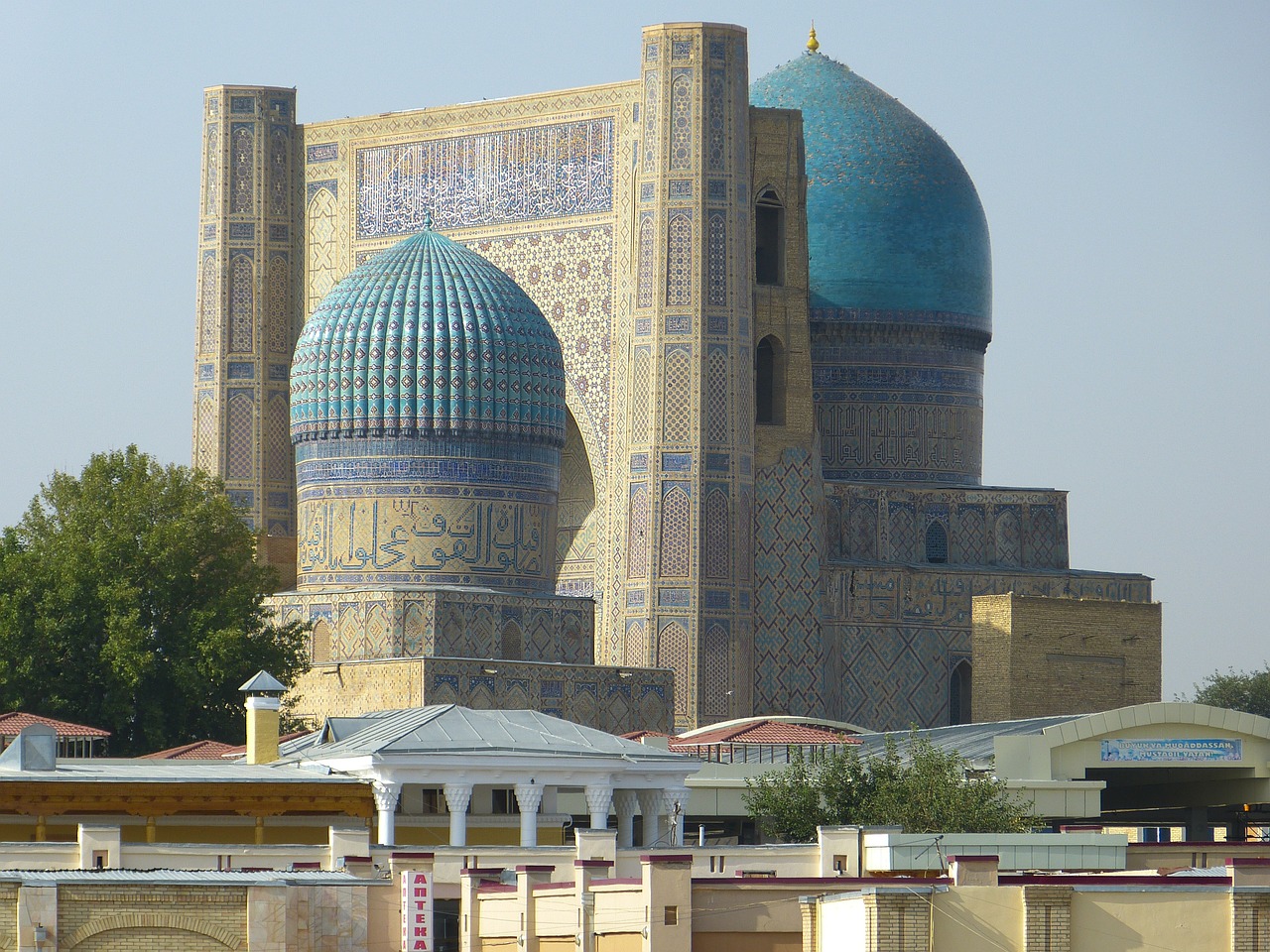Although the idea of cultural heritage is most often illustrated by examples of monuments, archaeological sites, and art, it’s important to realize that there’s much more to cultural heritage than concrete objects we can see and touch. Cultural heritage also includes traditions, knowledge, and living expressions that are passed on from generation to generation. These include oral traditions, performing arts, social practices and customs, rituals, festive events and traditions, knowledge and skills used in the production of traditional crafts, and knowledge and practices that relate to nature and the universe.
According to UNESCO, this vast, vibrant body of knowledge and expression is known as “intangible cultural heritage,” and it is as much in need of protection and preservation as World Heritage Sites like the Pyramids of Giza or the Great Wall of China. Intangible cultural heritage helps groups of people maintain their cultural identity in an increasingly globalized world. It also encourages mutual respect for diversity and different ways of life, and promotes intercultural dialogue.
What is intangible cultural heritage?
In its efforts to safeguard intangible cultural heritage (ICH), UNESCO has developed a broad set of criteria for identifying practices, expressions, and knowledge that constitute ICH. As defined by UNESCO, ICH is:
Traditional and contemporary—We often think of heritage as having to do only with the past, but true intangible cultural heritage is a living thing, representing contemporary rural and urban practices, as well as traditions that have been inherited from past ancestors.
Inclusive—Many different cultures, groups, regions, and communities may practice similar expressions of ICH. According to UNESCO, what’s important about these practices is that they have passed through generations, evolved in response to specific environments, and helped contribute to a sense of identity and continuity. The question of whether or not certain practices “belong” to a specific culture is not what’s at issue here.
Representative—Intangible cultural heritage does not exist in isolation, as a cultural good valued simply for its exclusivity or exceptional value. Rather, it is valuable because of the role it occupies in communities, and because it is dependent on the living transmission of knowledge, skills, and customs through different generations.
Community-based—ICH cannot be considered “heritage” without the recognition of the communities, groups, or individuals that are responsible for creating, maintaining, and transmitting it. No one can decide on these groups’ behalf that a particular expression or practice is an element of their heritage.
What are some examples of intangible cultural heritage?
In 2003, UNESCO established the Convention for the Safeguarding of Intangible Cultural Heritage, which proposed five broad domains for cataloguing and considering manifestations of ICH. These domains are:
Oral traditions and expressions—Oral traditions play a vital role in passing on knowledge, instilling cultural and social values, and keeping collective memory alive. In many cultures and societies, the performance of oral traditions is a highly specialized and often revered occupation. This domain encompasses an enormous variety of spoken and verbal forms including chants, songs, prayers, proverbs, myths and legends, epic poems, riddles, and nursery rhymes. Individual languages and dialects are also covered by this domain.
Performing arts—The category of performing arts covers a broad range of forms and disciplines, from vocal and instrumental music, to dance, theater, and pantomime. Elements of these expressions can be found in every society in a variety of contexts, and often play key roles in other domains of intangible cultural heritage, including festive events, rituals, or oral traditions. It’s also important to note that many forms of performing arts are not just “performances” for spectators, but events that play important roles in culture and society—whether in a collective setting, like songs that are sung or dances that are danced during agricultural work; or a domestic setting, like lullabies sung to help a baby sleep.
Social practices, rituals, and festive events—These are habitual activities that are shared by communities and groups that provide important structure to the lives of the members that participate in them. Whether they are performed publicly or privately, they are closely connected to important events, and they serve to reaffirm the individual and collective identity of their practitioners. They also have important links to a community’s worldview and to how it perceives and acknowledges its own history and memory.
Knowledge and practices concerning nature and the universe—This domain encompasses all the knowledge, skills, and practices that communities have developed through interaction with the natural environment. These practices can be expressed in different ways, including through language and oral traditions, and they strongly influence the values and beliefs that underlie a group’s social practices and cultural traditions. Examples of ICH in this domain include traditional ecological wisdom, indigenous knowledge, traditional healing systems, and initiatory rites.
Traditional craftsmanship—Perhaps the most concrete manifestation of ICH, traditional craftsmanship is nevertheless intangible in that it is primarily concerned with the skills and knowledge used in such craftsmanship, rather than with the produced objects themselves. Safeguarding attempts in this domain focus on encouraging artisans to continue their traditional production of crafts, and to pass on their skills and knowledge to other members within and beyond their communities.

Sorry, comments are closed for this post.